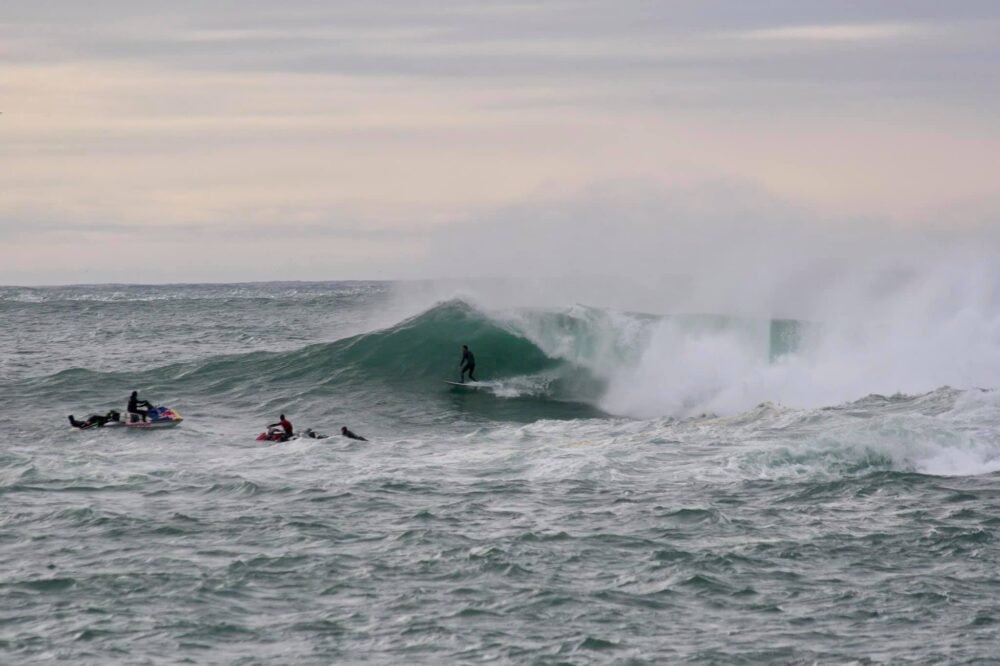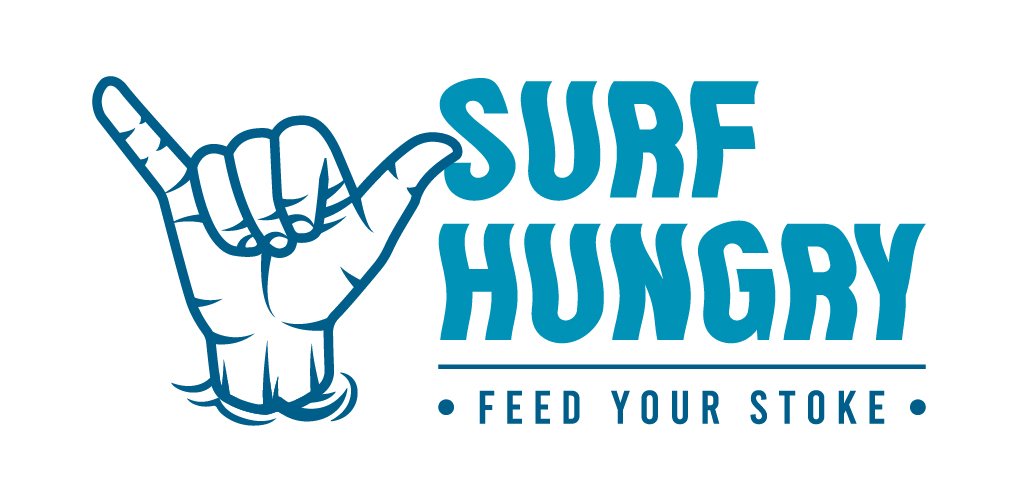Surfing in Portugal: A Guide to Riding the Best Waves
Introduction Welcome to the ultimate guide for surfing in Portugal – a journey through the sun-kissed shores, where the waves beckon and the surf culture thrives. In this comprehensive guide, we’ll navigate through the best waves and surf spots that Portugal has to offer, catering to surfers of all levels. From the rugged coastline of the Algarve to the pristine beaches of Peniche, Portugal’s diverse landscapes provide a playground for wave riders from around the globe. Exploring the Algarve Coastline Nestled in the southern region of Portugal, the Algarve coastline boasts some of the most picturesque surf spots in the country. With its rugged cliffs, golden beaches, and consistent swells, this region offers an unparalleled surfing experience. From the renowned breaks of Sagres to the hidden gems of Lagos, the Algarve has something for every surfer. Beginners can enjoy the gentle waves of Praia da Rocha, while more experienced riders can challenge themselves at spots like Arrifana and Amado. Things to do in Sagres Sagres Natural Park – Sunset Tour by Jeep – Located in the stunning Algarve region of Portugal, Sagres Natural Park is renowned for its breathtaking landscapes, rugged cliffs, and pristine beaches. Joining a Sunset Tour by Jeep offers a unique opportunity to explore this enchanting area while witnessing the magical beauty of the sunset. Sagres: Wildlife Tour Dolphins and Caves – Sagres is renowned for its diverse marine life, dramatic coastline, and pristine waters. Joining this tour offers a unique opportunity to witness dolphins in their natural habitat and explore the mesmerizing sea caves that dot the coastline. Visit Sagres Fortress: Explore the historic Sagres Fortress, perched on the edge of towering cliffs overlooking the Atlantic Ocean. Built in the 15th century, this fortress offers panoramic views of the coastline and is steeped in maritime history. Discover Cape St. Vincent: Known as the southwesternmost point of Europe, Cape St. Vincent is a must-visit destination in Sagres. Marvel at the dramatic cliffs and lighthouse, and witness breathtaking sunsets over the Atlantic Ocean. Sample Local Cuisine: Indulge in delicious Portuguese cuisine at one of Sagres’ charming restaurants. From fresh seafood dishes to traditional favorites like cataplana and pastéis de nata, there’s no shortage of culinary delights to savor. Exploring Lagos From Lagos: Kayaking and Boat Cave Explorer Tour — Explore the fascinating sea caves and grottoes that dot the coastline of Lagos. Glide through narrow passages, beneath towering arches, and into hidden chambers, discovering the secrets of these ancient geological formations. Visit Ponta da Piedade: Take a boat tour or hike along the cliffs to Ponta da Piedade, a stunning natural landmark renowned for its towering rock formations, hidden grottoes, and crystal-clear waters. Don’t forget your camera – the views here are truly spectacular. Relax at Praia Dona Ana: Spend a day unwinding at Praia Dona Ana, one of the most picturesque beaches in the Algarve. With its golden sands, turquoise waters, and dramatic rock formations, Dona Ana is the perfect spot for sunbathing, swimming, and snorkeling. Explore the Old Town: Wander through the charming streets of Lagos’ historic Old Town, where whitewashed buildings, cobbled streets, and vibrant squares await. Discover quaint shops, lively cafes, and hidden gems around every corner. Kayak or SUP: Explore Lagos’ stunning coastline from a different perspective by kayaking or stand-up paddleboarding (SUP). Paddle through sea caves, along rocky cliffs, and past secluded beaches for an unforgettable adventure on the water. Enjoy Nightlife: Experience Lagos’ vibrant nightlife scene, with its eclectic mix of bars, clubs, and live music venues. Whether you’re sipping cocktails by the beach or dancing the night away in the town center, Lagos offers something for every nocturnal adventurer. Things to do in Ericeira Surfing: Embrace Ericeira’s reputation as a surfing mecca by hitting the waves at one of its world-class surf spots. From the renowned breaks of Ribeira d’Ilhas to the challenging barrels of Coxos, Ericeira offers something for surfers of all skill levels. Beach Hopping: Discover Ericeira’s stunning coastline by hopping from one pristine beach to another. Whether you prefer the golden sands of Praia do Sul, the dramatic cliffs of Praia dos Pescadores, or the family-friendly atmosphere of Praia do Norte, you’ll find a beach to suit your preferences. Explore the Town Center: Wander through the charming streets of Ericeira’s historic town center, where whitewashed buildings, cobblestone streets, and colorful azulejos create a picturesque backdrop. Browse local shops, dine at quaint cafes, and soak up the laid-back atmosphere of this coastal gem. Visit the Surfing Reserve: Explore the world’s first and only World Surfing Reserve, which encompasses over 4 kilometers of coastline and numerous surf breaks. Learn about the region’s rich surfing heritage and environmental conservation efforts at the Surfing Reserve Interpretation Center. Sunset Watching: Experience the magic of a Ericeira sunset by heading to one of the town’s scenic viewpoints or beachfront cafes. Watch as the sun dips below the horizon, casting a warm glow over the ocean and painting the sky in vibrant hues of orange and pink. Hidden gastronomic gems tour: Indulge in a mouthwatering seafood feast at one of Ericeira’s many restaurants, where you can savor fresh-caught fish, shellfish, and traditional Portuguese dishes. Don’t miss the opportunity to try Ericeira’s famous seafood rice, a flavorful and hearty dish that’s a local favorite. Cultural Excursions: Immerse yourself in Ericeira’s rich maritime heritage with a visit to the town’s museums and cultural attractions. Explore the Museum of the Sea, which showcases the history of fishing and seafaring in the region, or visit the São Pedro de Alcântara Chapel, a historic landmark overlooking the ocean. Nature Walks: Take a leisurely stroll along Ericeira’s scenic coastal paths, where you can enjoy breathtaking views of the Atlantic Ocean and surrounding countryside. Keep an eye out for native flora and fauna, including seabirds, wildflowers, and marine life. Chasing Surfing in Central Portugal Discovering the Gems of Peniche and Ericeira Heading north along the coast, we arrive at the surf meccas of Peniche and Ericeira. Known for their world-class waves … Read more









